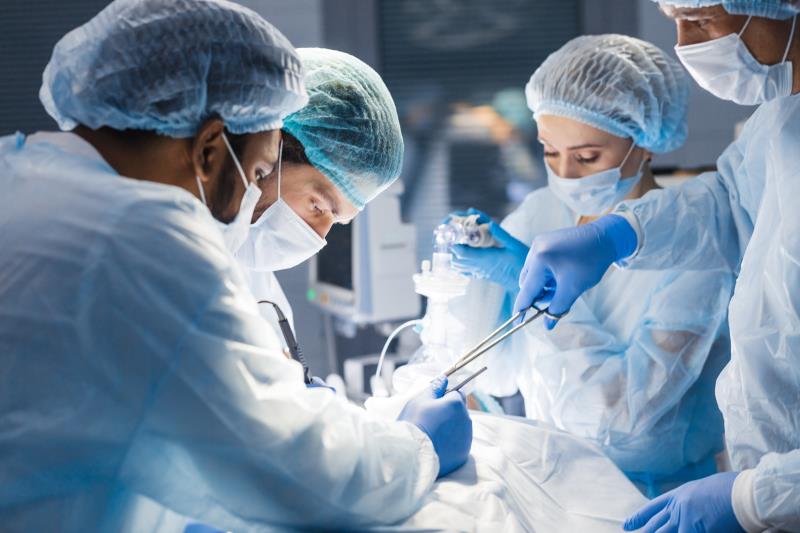
Not only does washing away free tumour cells in the peritoneum with extensive intraoperative peritoneal lavage (EIPL) during gastrectomy confer no survival benefit nor prevent disease recurrence compared with surgery alone, it may come with an increased risk of side effects, according to the phase III EXPEL* study presented at GICS 2020.
“Peritoneum is the most common site of failure after surgical treatment for gastric cancer and is associated with very poor prognosis, despite treatment,” said Dr Jimmy So Bok Yan of National University Health System in Singapore.
Free cancer cells are frequently found in peritoneal cavity during gastric cancer surgery, and a previous study has suggested that removing these cells with EIPL after surgery could improve survival, noted So. “However, the role of this remains controversial because this study only applied for a very selective group of patients with cytology-positive disease, and the sample size is relatively small.”
In the current study, the 3-year cumulative incidence of all-cause mortality was similar between patients who received EIPL in addition to surgery and those who underwent surgery alone (23.1 percent vs 23.3 percent; hazard ratio [HR], 1.09; p=0.615). [GICS 2020, abstract 279]
Similarly, there was no significant difference between the two groups in the 3-year cumulative incidence of recurrence (28.0 percent vs 25.9 percent; HR 1.01; p=0.947). In particular, the cumulative incidence of peritoneal recurrence was also comparable between the EIPL group vs the surgery alone group (7.9 percent vs 6.6 percent; HR, 1.33; p=0.347).
However, the risk of adverse events (AEs) was greater with EIPL than with surgery alone (relative risk=1.58; p=0.019). Anastomotic stump leak was the most common AE reported (10 vs 6 cases), followed by bleeding (6 vs 6 cases) and intra-abdominal abscess (4 vs 5 cases). AEs that occurred more frequently in the EIPL group included superficial wound infection (7 vs 1 case), abnormal liver function (6 vs 1 case), and bowel perforation (3 vs 1 case).
“At the last interim analysis, the futility analysis indicated that the predicted probability of achieving a statistical significance in favour of the lavage arm was minimal [at <0.4 percent],” said So. “Hence, the trial was recommended to terminate [on the basis of futility].”
EXPEL was a prospective, open-label, multicentre, phase III trial which involved 800 patients aged 21–80 years (mean age 61.5 years, 28 percent female) with cT3/4 gastric cancer who were undergoing curative resection. They were randomized to receive EIPL during surgery (n=398) or surgery alone (n=402). EIPL comprised 10 L of saline as lavage.
“Our study showed that extensive lavage with saline did not reduce risk of peritoneal recurrence, nor improve survival after gastric cancer surgery,” So concluded.
“[Therefore,] we do not recommend this treatment for gastric cancer patients, and we believe that more effective strategy such as intraperitoneal chemotherapy is required to prevent peritoneal relapse,” he stated.